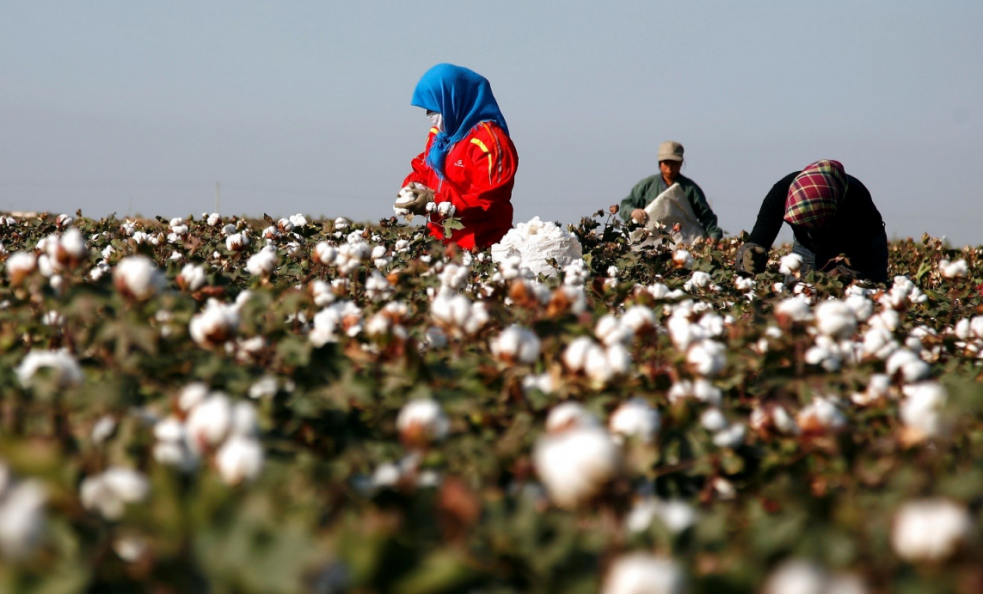Report Highlights:
Marketing year (MY) 24/25 cotton imports are forecast at 2.4 million metric tons (MMT) on higher domestic and international demand for textile and apparel products.
After a sharp decline in early 2023, exports of textile and apparel products have rebounded, along with demand for imported cotton.
Imports for MY 23/24 are raised to 2.3 MMT on strong demand and quota availability.
Production for MY 24/25 is forecast at 5.9 MMT on stable planted area in Xinjiang and declining planted area in other regions.
Executive Summary:
The People’s Republic of China’s (PRC) target price-based subsidy for Xinjiang cotton will continue to support regional planted area and production.
Production outside Xinjiang is expected to continue to decline due to less advantageous subsidies, lower prices and quality, higher input costs, and competing crops. Xinjiang’s share of China’s cotton production reached 90.9 percent in MY 23/24, up from the 90.2 percent the previous year, according to the National Bureau of Statistics (NBS).
China’s 2023 textile and apparel exports declined 8.2 percent year-on-year, weighed down by weak overseas and domestic demand. However, exports gained momentum beginning in August 2023 and by December had reached $25.3 billion, up 2.6 percent from the same period in 2022. This trend continued in the first two months of 2024 with combined export value of $45.1 billion, a year-on-year increase of 14.3 percent. Growth in exports in the latter half of 2023 and early 2024 can be seen in higher demand for imported cotton, which reached 1.9 MMT in the first seven months of MY 23/24, a 112 percent increase over the prior year.
Market share for U.S. cotton in the first seven months of MY 23/24 declined to 29.7 percent from 48.8 percent the prior year due to surging imports from Australia. Brazil’s market share also declined during the period, down slightly from 42.5 percent to 40 percent.
Πηγή: USDA-FAS

